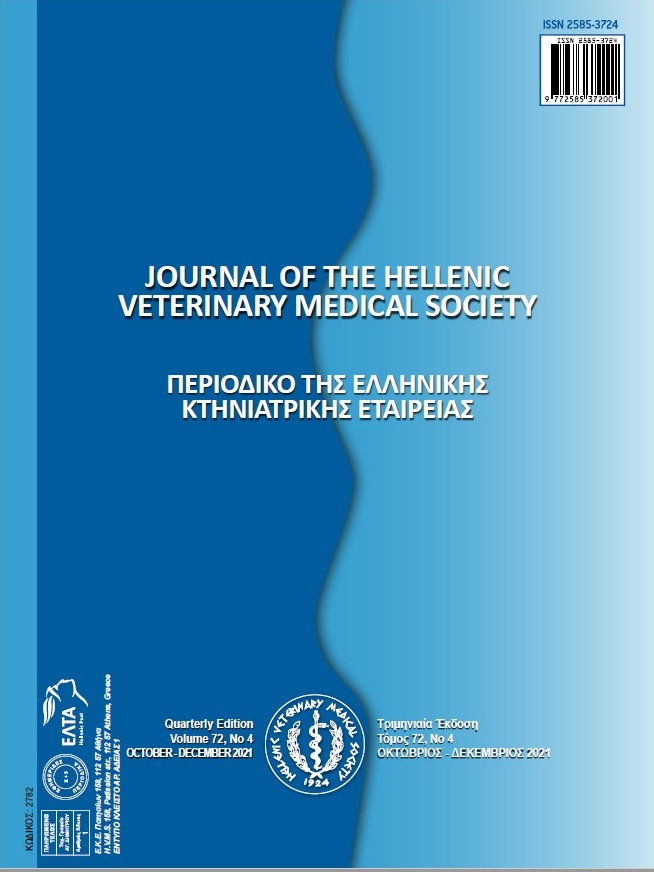A report on less-severe, long-duration persistent hind-limb ischemia surgical rabbit model

Abstract
Development of a persistent hind limb ischemia rabbit model without excessive adverse symptoms and compromised animal welfare. New Zealand White (n=18, male and female) rabbits of 3-4 months of age and 3.0± 0.1 Kg body weight were used. The surgical technique for ischemia avoided the ligation of vessels above the inguinal ligament and included only the ligation and complete excision of the common and superficial femoral arteries along with all their branches up to popliteal and saphenous arteries. Study duration was 84 days. All animals completed the study period uneventfully. The activity of the animals remained unaffected throughout the study except for the first post-operative day. Adverse symptoms of other models such as loss of limb due to necrosis, loss of nails and necrosis of skin were not observed while successful ischemia was confirmed. There was a significant decrease (P=0.0381) in ischemic right limb circumference.Terminal angiography by abdominal aortic cannulation in the animals demonstrated negligible amount of angiogenesis at the distal ischemic thigh in comparison to the control limb (P=0.001). This study reports successful development of a refined chronic hindlimb ischemia rabbit model.
Article Details
- How to Cite
-
HARIKRISHNAN, V., SHENOY, S., RANARAJ, V., SUKHIJA, S., & OLOYO, A. (2022). A report on less-severe, long-duration persistent hind-limb ischemia surgical rabbit model. Journal of the Hellenic Veterinary Medical Society, 72(4), 3455–3462. https://doi.org/10.12681/jhvms.29395
- Issue
- Vol. 72 No. 4 (2021)
- Section
- Research Articles

This work is licensed under a Creative Commons Attribution-NonCommercial 4.0 International License.
Authors who publish with this journal agree to the following terms:
· Authors retain copyright and grant the journal right of first publication with the work simultaneously licensed under a Creative Commons Attribution Non-Commercial License that allows others to share the work with an acknowledgement of the work's authorship and initial publication in this journal.
· Authors are able to enter into separate, additional contractual arrangements for the non-exclusive distribution of the journal's published version of the work (e.g. post it to an institutional repository or publish it in a book), with an acknowledgement of its initial publication in this journal.
· Authors are permitted and encouraged to post their work online (preferably in institutional repositories or on their website) prior to and during the submission process, as it can lead to productive exchanges, as well as earlier and greater citation of published work.


